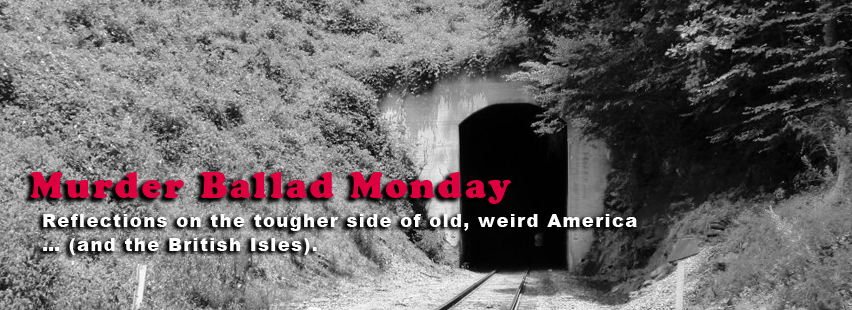“When I Go” – Conversations with Death 8
“Sometimes you wake with the feeling tone of a dream. You stay with it. There’s something there for you if you keep listening. It’s a good idea to let your dream and waking world co-exist. From the dream you get affect and image, and then you try to learn what they want to say.”
–Dave Carter
Prologue
When I wake up in the 3 o’clock hour, it usually means trouble. 2 a.m.? I roll over. 4 a.m.? I roll over or I get up. 3 a.m.? My psyche hangs over the abyss. I’m caught in the middle of some long-past, irresolvable regret, or pangs of desperation about what I did with my day, or what I’m doing with my life. It feels like the keen edge of mid-life crisis, which I’m otherwise doing my best to diffuse across as many years as possible.[
After thinking for a while about the song for today’s post, Dave Carter’s “When I Go,” I woke up out of a dream in this very kind of sweat, but with an unexpected soundtrack. It was this performance of “City of New Orleans” by Steve Goodman from The Old Grey Whistle Test in 1972. I always marvel at Steve Goodman being this good at 24 years of age, having already composed the “best damn train song ever written.” Goodman’s time on earth was too short. His performing career squeezed between his diagnosis of leukemia as a 20 year old college student, and his death at 36. In that span, he shined brighter than most.
Dave Carter’s performing career didn’t really take off until his forties. He also shined bright and left too soon. Carter’s music career launched in earnest in the late 90s, when he formed a duo with Tracy Grammer. They released three albums together, beginning with 1998’s When I Go, before Carter died suddenly of a heart attack in 2002, at the age of 49.
Goodman flourished as an artist with the knowledge of his life-threatening disease. Carter flourished as an artist and then died unexpectedly. They were two brilliant, distinctly American songwriters. From my experience waking up with this acute feeling of connection, my subconscious wants to link them, too. Perhaps I’ll discover why before the end of this post.
“Come, lonely hunter”
“When I Go” is spellbinding—a mystical prophecy of the various transfigurations of the singer’s spirit at death into a radiant, dynamic landscape filled with nature’s quiet wisdom, awesome power, and transcendent beauty. Carter’s songwriting ranged broadly across the physical and spiritual terrain of America, delving into the mystical and flying into the whimsical. He described his work as “post-modern American mythic folk music.”
“When I Go” is a death song. Its bones rattle. Its full story, from genesis to revelation, involves a dying loved one, instrumental serendipity, Carter’s “Conversation with Death,” and eventually our own such conversation. It draws inspiration from the land, but finds far more there than the merely tangible, merely visible. We will explore that story, and why “When I Go” is such a compelling “conversation” in this eighth installment of our “Conversations with Death” series.
Listen to the album version on YouTube and Spotify. Lyrics
“When I Go” opens its eponymous album with the lonely sound of Carter’s banjo, and his solo singing on the first verse. Grammer joins in on harmony when the B verse arrives, and plays the fiddle breaks. The duo recorded the album in Grammer’s kitchen. They chose to open with “When I Go” in part because of, as Grammer describes, the “combination of the stark opening banjo line and the lyrics, which read like both a summons and a declaration: ‘Come lonely hunter, chieftain and king, I will fly like the falcon when I go.’”
Carter wrote the song in 1997, when his mother, Nadine Carter, who was a science teacher, Charismatic Christian, and “something of an evangelist,” was entering the final stages of Alzheimer’s Disease. He finished it before her passing, but didn’t get the chance to play it for her.



